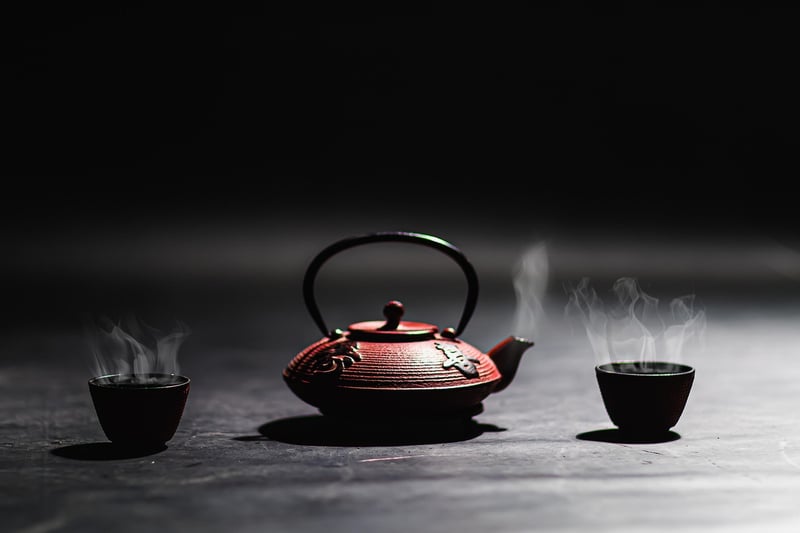Historical Etiquette
The Art of Etiquette: Navigating Social Norms with Grace
Introduction to Etiquette
Etiquette is the code of polite behavior in society. It encompasses the rules that govern the expectations of social interactions, from how we greet one another to how we conduct ourselves in various situations. Understanding and practicing good etiquette can help you navigate social settings with grace and confidence.
The Importance of Etiquette
Etiquette plays a crucial role in creating a harmonious and respectful environment in both personal and professional settings. It helps to establish mutual respect, consideration for others, and smooth communication. Mastering the art of etiquette can set you apart and leave a lasting positive impression on those around you.
Guidance on Modern Etiquette
1. Communication: Practice active listening, speak politely, and use appropriate language in all forms of communication, including face-to-face interactions and digital communication.
2. Table Manners: Familiarize yourself with basic table manners, such as using utensils correctly, chewing with your mouth closed, and engaging in pleasant conversation during meals.
3. Respect for Others: Show respect for others' opinions, personal space, and cultural differences. Be mindful of your actions and their impact on those around you.
4. Gratitude: Express gratitude and appreciation towards others through simple gestures like saying "please" and "thank you" or sending a thank-you note for acts of kindness.
Historical Etiquette Practices
Exploring historical etiquette practices can provide valuable insights into the evolution of social norms and customs. Let's delve into some intriguing historical etiquette practices:
Victorian Era Etiquette
In the Victorian era, strict etiquette rules governed nearly every aspect of daily life. From elaborate calling cards to intricate rules for mourning attire, society was intricately structured around social expectations.

Medieval Court Etiquette
Medieval court etiquette placed great emphasis on hierarchy and formalities. Everything from how one addressed royalty to the order of seating at banquets was carefully regulated to maintain order and respect.

Japanese Tea Ceremony
The Japanese tea ceremony, known as "chanoyu," is steeped in tradition and etiquette. Participants engage in a ritualized process of preparing and serving tea, embodying principles of harmony, respect, purity, and tranquility.

Conclusion
Etiquette is a timeless art that transcends cultures and generations. By embracing the principles of good etiquette, you can enhance your relationships, build trust, and move through life's social landscapes with confidence and poise.
Remember, etiquette is not merely a set of rigid rules but a reflection of your consideration and respect for others. Practice it with sincerity, and you will leave a positive impact wherever you go.
